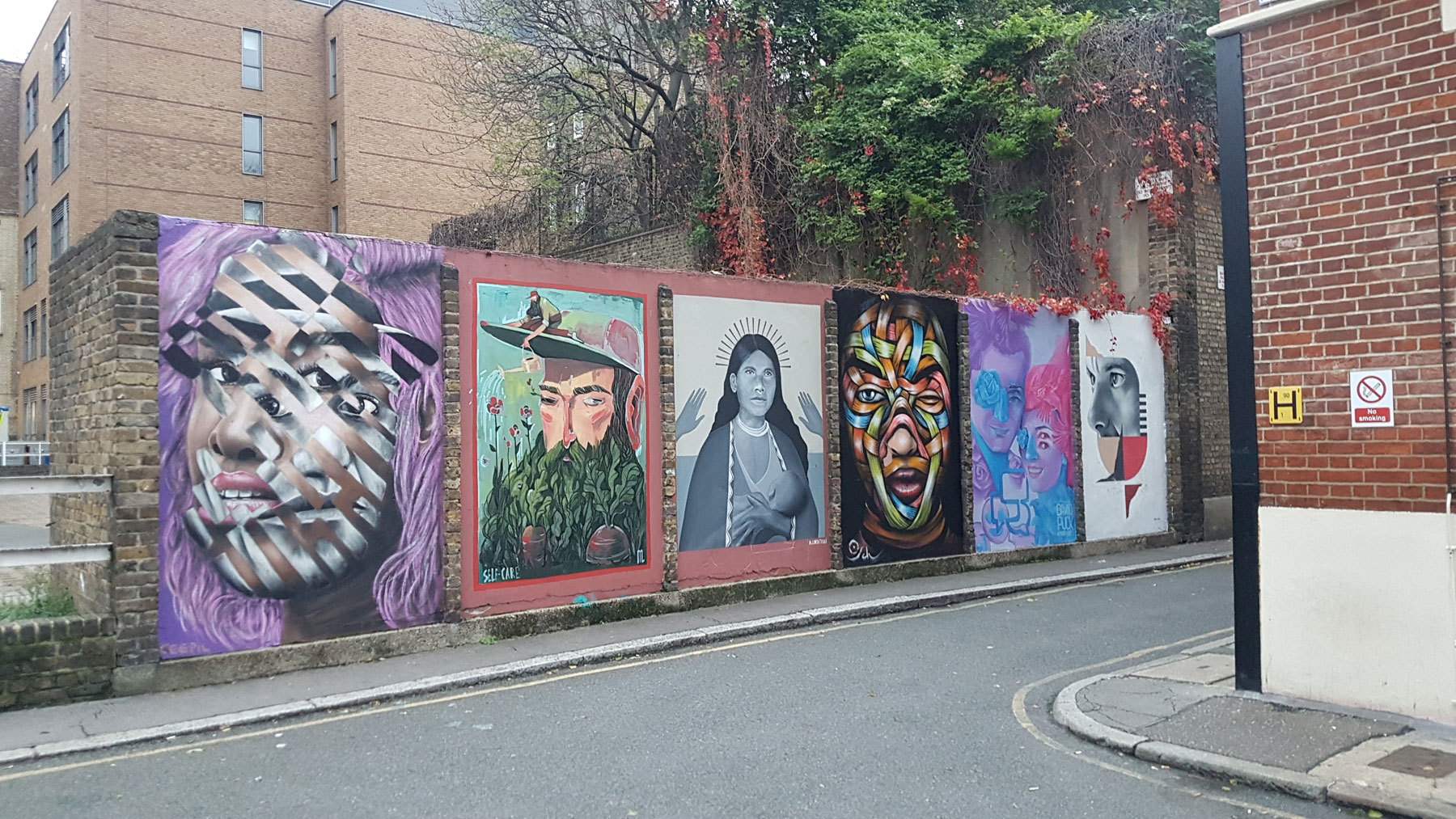This is covered passage next to a beautifully restored Georgian house opposite Great Ormond Street hospital.
When I first saw the name Barbon, I initially assumed this was related to the property developer with the famously long name, Nicholas If-Jesus-Christ-had-not-died-for-thee-thou-hadst-been-damned Barbon.
As it happens, the name is new – as the alley used to be much larger, and was originally called Ormond Mews, later Ormond Yard, and finally Ormond Close. Originally laid out as a large square behind houses, with a small block of houses in the middle, the layout didn’t change that much until the 20th century.
Post-war clearances were to shake the area up considerably though as the Metropolitan Borough of Holborn engaged in building new homes.
Most of the southern side of Ormond Close was flattened and two 14-storey tower blocks constructed on the site, Babington Court and Chancellors Court. They were completed in 1961 to a design by Sydney Cook, later the chief architect at Camden Council.
What was left was a tiny runt of the old Ormond Close, which they renamed Barbon Close. A number of books, without citations, say that it was named after the famously long-named Nicholas Barbon. The claim does sound likely though, as Barbon did develop housing in the area, and Ormond Mews is likely to have been one of his developments.
Certainly, the grand old building that hangs over the entrance to Barbon Close was constructed by the man, and is now the oldest surviving house in Bloomsbury.
The building has an interesting history, as the ground floor was at one time a coffee shop, frequented by the likes of William Morris and Dante Gabriel Rossetti who both worked locally. It later housed the children hospital’s Peter Pan Gallery museum.
Nearly demolished to make space for more housing of the style going up in the close behind, it was saved by a conservation campaign. A book about the history of the house, An Address In Bloomsbury: The Story of 49 Great Ormond Street has been published by the owner.
As you go inside, look up to see the lovely old sign of G Bailey & Sons, Horse and Motor Contractors. The company closed in 1951. The earliest record I can find for the firm is from 1888, so there’s a good chance that the “ghost sign” has been around for longer than the firm of Bailey & Sons existed.
Behind the house inside the close is an old Mission Hall, built in 1876 by the nearby St George the Martyr church, and is today occupied by a children’s cancer charity. The bright artwork on the opposite wall was commissioned by the charity.
Further around, what was once a secluded mews of houses is now a broad open space looking over the park associated with the 1960s tower blocks that replaced the Georgian housing.











That G Bailey & Sons sign – I’ve seen it many times as I have attended Gt Ormond Street Hospital. But only in this photo have I seen what looks to be the traces of another painted sign that may have been on top or underneath it. Trick of the light? Or has the sign had another life at some time. Beautiful part of London and thank you Ian for the article.